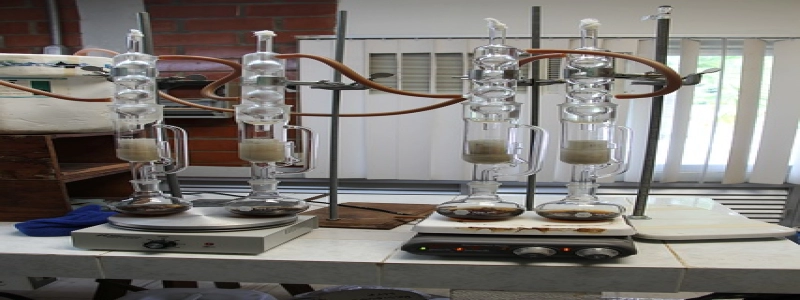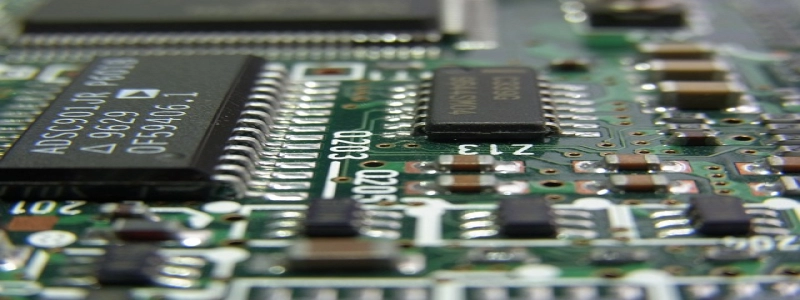Ethernet/IP
Introducere:
Ethernet/IP is a widely-used industrial communication protocol that combines the Ethernet network infrastructure with the Internet Protocol (IP). It was developed by the Open DeviceNet Vendors Association (ODVA) and is commonly used in industrial automation applications.
eu. Overview of Ethernet/IP:
Ethernet/IP is based on the standard Ethernet and IP protocols, which are widely used for data communication in computer networks. It allows devices such as programmable logic controllers (PLCs), human-machine interfaces (HMIs), and industrial Ethernet switches to communicate with each other over an Ethernet network.
II. Ethernet/IP Architecture:
A. Physical Layer:
Ethernet/IP uses the same physical layer as standard Ethernet networks, such as twisted-pair copper cables or fiber optic cables. It supports various data rates, including 10 Mbps, 100 Mbps, and 1 Gbps.
B. Data Link Layer:
The data link layer of Ethernet/IP is responsible for transmitting data packets over the physical layer. It uses the Media Access Control (MAC) protocol to control the access to the network and ensure reliable data transmission.
C. Network Layer:
The network layer of Ethernet/IP is based on the Internet Protocol (IP). It assigns unique IP addresses to each device on the network, allowing them to communicate with each other using IP packets.
D. Transport Layer:
Ethernet/IP uses the Transmission Control Protocol (TCP) and User Datagram Protocol (UDP) at the transport layer. TCP provides reliable and ordered data delivery, while UDP is used for faster and more efficient communication when reliability is not critical.
III. Features of Ethernet/IP:
A. Real-Time Communication:
Ethernet/IP supports real-time communication, allowing devices to exchange time-critical data with low latency. This is essential in industrial automation applications where fast response times are required.
B. Scalability:
Ethernet/IP can scale from small local area networks (LANs) to large distributed systems. It supports a wide range of devices and can accommodate thousands of nodes on a single network.
C. Integration with IT Networks:
Ethernet/IP can seamlessly integrate with IT networks, allowing industrial devices to communicate with enterprise systems. This enables data exchange between the shop floor and the top floor, facilitating better decision-making and improving overall efficiency.
D. Device Flexibility:
Ethernet/IP supports a wide variety of industrial devices from different manufacturers. This flexibility allows users to select the best devices for their specific application requirements and easily integrate them into their Ethernet/IP network.
IV. Applications of Ethernet/IP:
Ethernet/IP is widely used in various industrial automation applications, including manufacturing, oil and gas, pharmaceuticals, and transportation. It enables real-time control, data collection, and monitoring, helping organizations achieve improved productivity, reduced downtime, and enhanced safety.
Concluzie:
Ethernet/IP is a powerful communication protocol that combines the reliability and scalability of Ethernet with the versatility and flexibility of IP. Its real-time capabilities and seamless integration with IT networks make it an ideal choice for industrial automation applications. With Ethernet/IP, organizations can create interconnected systems that enable efficient and reliable communication between devices, leading to improved productivity and competitiveness.







